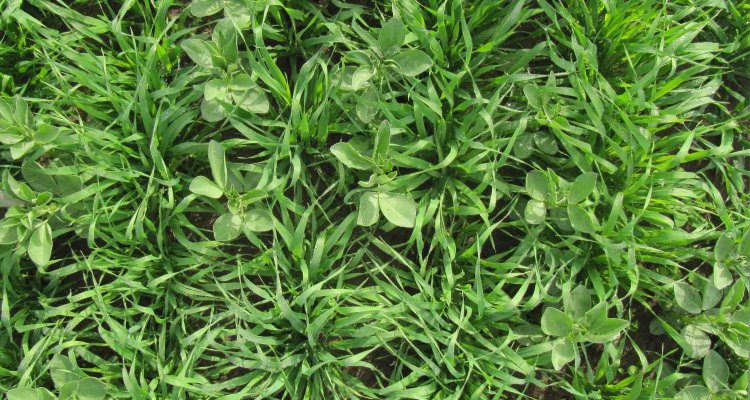
Project
Modelling cereal-legume intercrop systems to unravel the mechanisms of weed suppression
Intercropping is a system where multiple crop types are combined in space and/or time within a season. One of the major benefits of intercropping and crop rotation strategies is their ability to decrease weed infestation. In this research we aim to unravel the mechanisms of weed suppression of intercrop systems, with a focus on cereal-legume intercrop systems. Furthermore, we aim to use this knowledge to identify how intercrop systems can be improved to have enhanced weed suppression. This project is part of the Synergia project that focuses on sustainable next-generation agricultural production systems.
Background
Weeds impose a major constraint on arable crop production. Average potential yield loss due to weeds is estimated to be 34%. In monoculture crops, weeds are mainly suppressed through mechanical removal and the use of herbicides which results in increased labour costs, while herbicide use is associated with detrimental effects on the soil, environment, and eventually human health. Additionally, herbicide use is being increasingly restricted making it an increasingly difficult tool to use for weed suppression. Decreasing the pressure of weeds through intercropping might therefore have a variety of ecological, economic, and practical benefits.
Project description
To unravel the mechanisms behind the weed suppressive effect of intercropping, we will focus on cereal-legume intercrop systems. First, we will perform a pilot study, investigating the weed suppression of multiple cereal-legume species combinations and their sole stands. A specific cereal-legume species combination will be chosen based on the results of this field experiment. Next, we will perform a field trial using the chosen cereal-legume species. Different intercrop design strategies will be used as different treatments to investigate how the decisions in design influence the intercrop performance.
In addition to the field experiments, a 3D functional-structural plant model (FSPM) will be developed. Data from the field experiments is used to develop and parameterize the model. This model will be used to view the cereal-legume intercrop system in more detail as well as to identify specific mechanisms and plant traits responsible for the intercrops weed suppressive performance. Finally, this knowledge will be combined to develop optimization models that can identify improved intercrop design strategies.